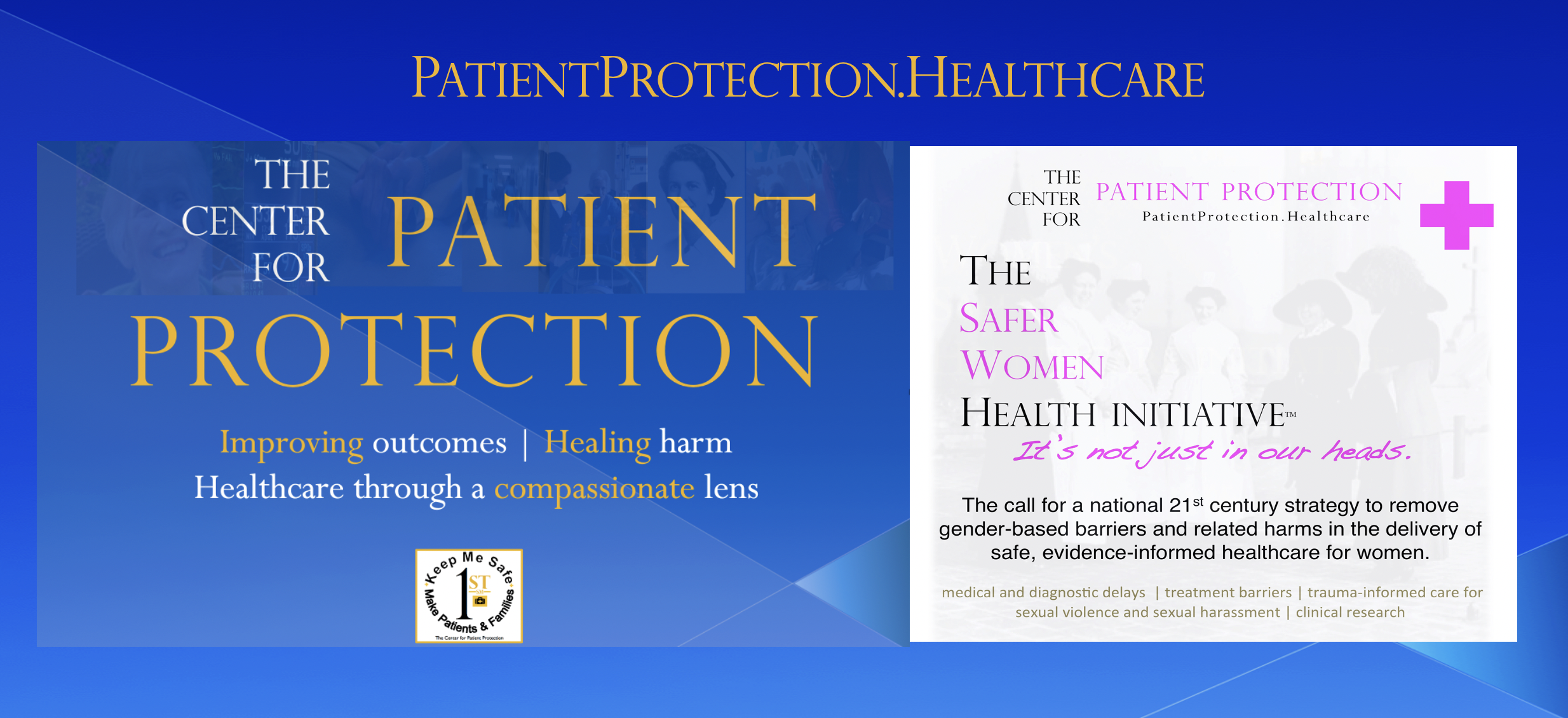The CBC’s White Coat/Black Art has come up with another stunner: clinicians in some situations where they think a resuscitation is not really appropriate will go about it so slowly that it amounts to a DNR. They even have a name for it: Slow Code. Just when you think deception in healthcare can’t get any worse, somebody pulls out another shocking revelation. Can you imagine what this little secret, now outed, does to a family who may have lost a loved one as a result of a cardiac arrest and was told he or she could not be revived? Over the years, we have had many experiences with the white coat DNR brigade whose aggressive tactics can make used car salesmen look timid. We have also had an experience with a loved one beating the odds, even in her late 80s, and actually being revived and going on to enjoy life in her own home some three years later.
Only in a system with such dysfunctional accountability would anyone come up with this kind of hideous idea, much less actually try to get away with it.
I posted a comment on the program’s website. It is reprised below.
Patient Protection Canada
There is another dimension to this discussion: miracles do happen. When my elderly mother suffered a traumatic brain injury, we were under enormous pressure from the outset to agree to a DNR order. We did not. And it was one of the best decisions we have ever made.
The day after she was moved from one of Canada’s foremost medical centre trauma units to its ICU, my mother suffered a cardiac arrest. Her monitor was not even alarmed and her chart showed that she was to be given morphine every 15 minutes. She was “found” as her chart say, absent any vital signs. She was revived, but we were told by one of Canada’s most prominent intensivists that her prognosis was very poor. He “guaranteed” that she would not leave the hospital alive. Wrong again.
There have been many ups and downs in her recovery and a horrific experience in a second hospital that almost killed her again. Over the years since she returned to the family home, we have had many discussions with her about how much she has overcome. As any family dealing with the aftermath of a serious brain injury will tell you, some days are better than others. But she spends most enjoying meals with her family, reading poetry, listening to her favourite music and, especially, delighting in the beauty of her garden.
Not all outcomes are like this I will quickly admit. But we know what the outcome would have been had it been left to the preferences of the doctors of the day, and how much our mother, her family and others would have been deprived of in a life that still gives and receives so much joy.
My mother’s journey, and her family’s with her, has inspired a new initiative in patient safety. It can be viewed at www.patientprotection.ca.
